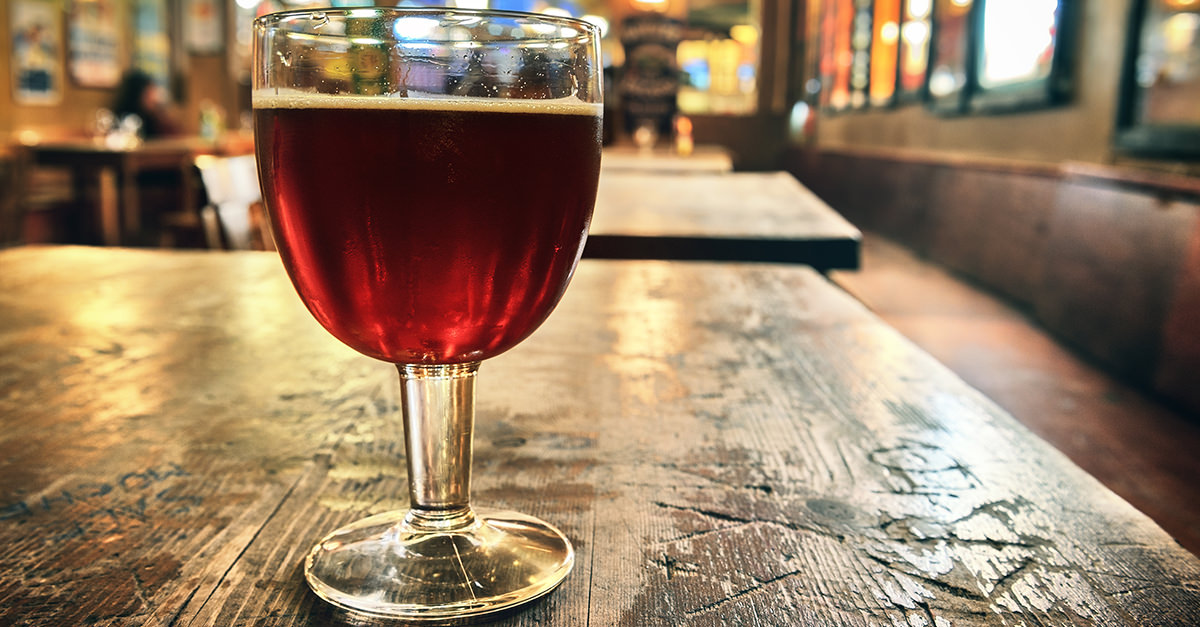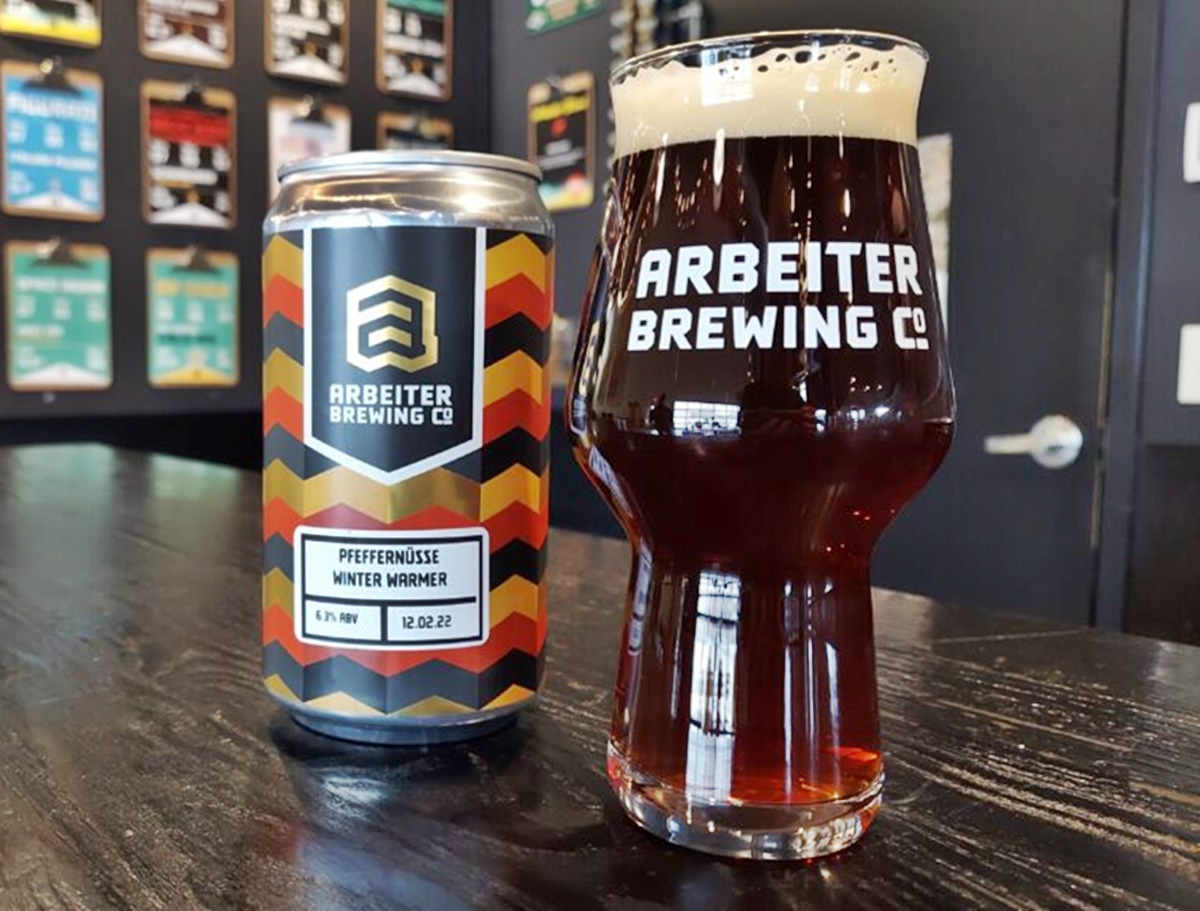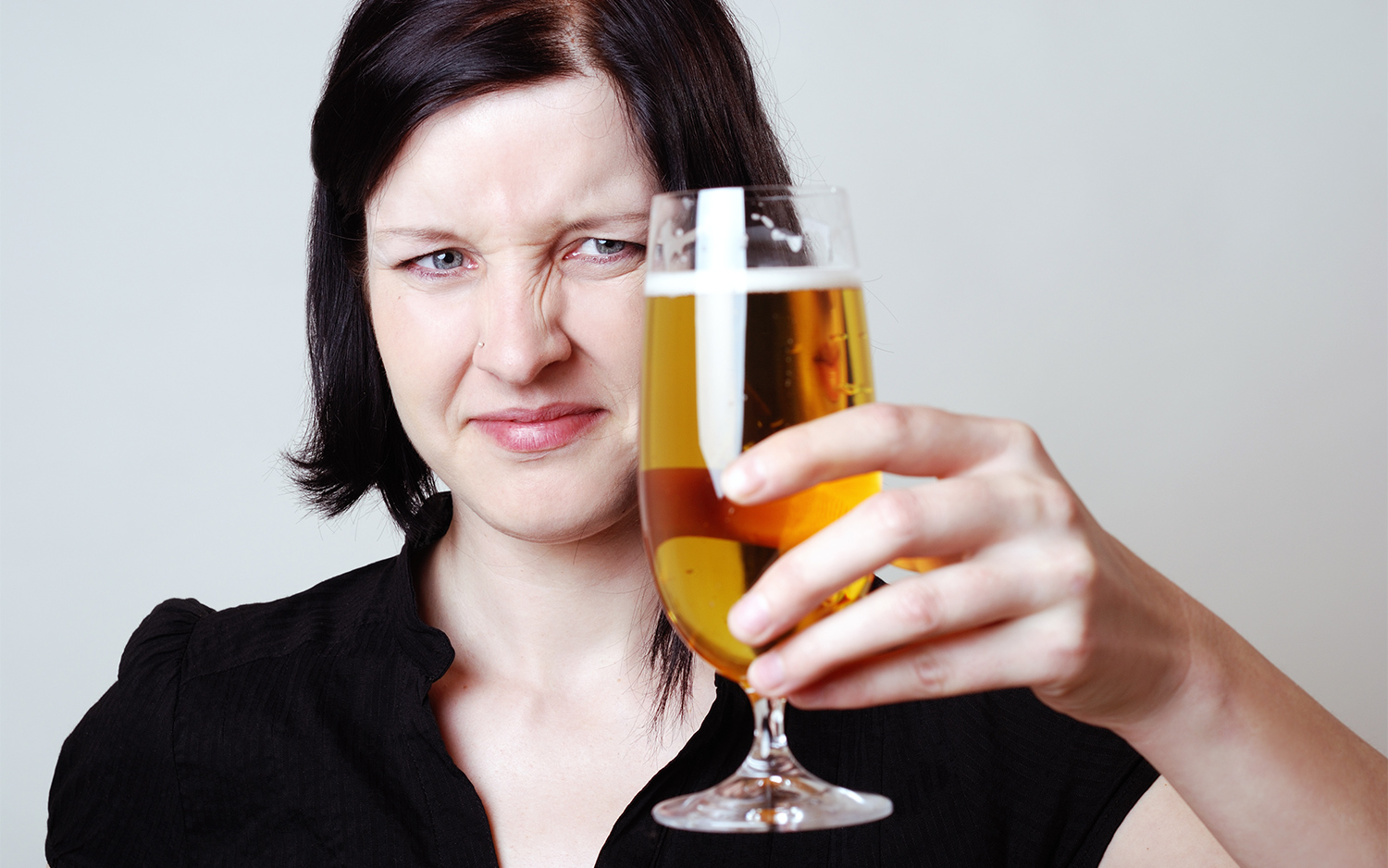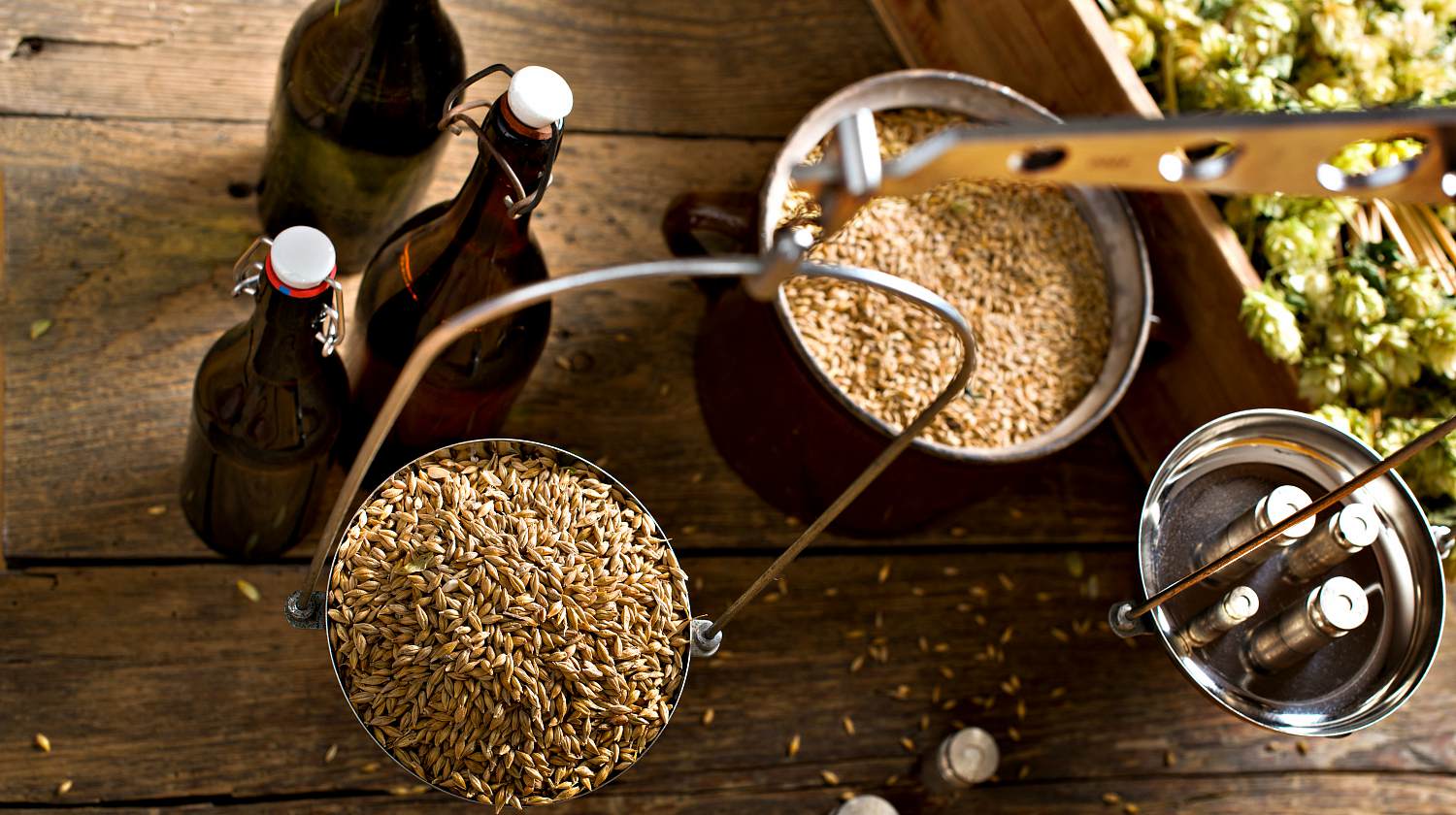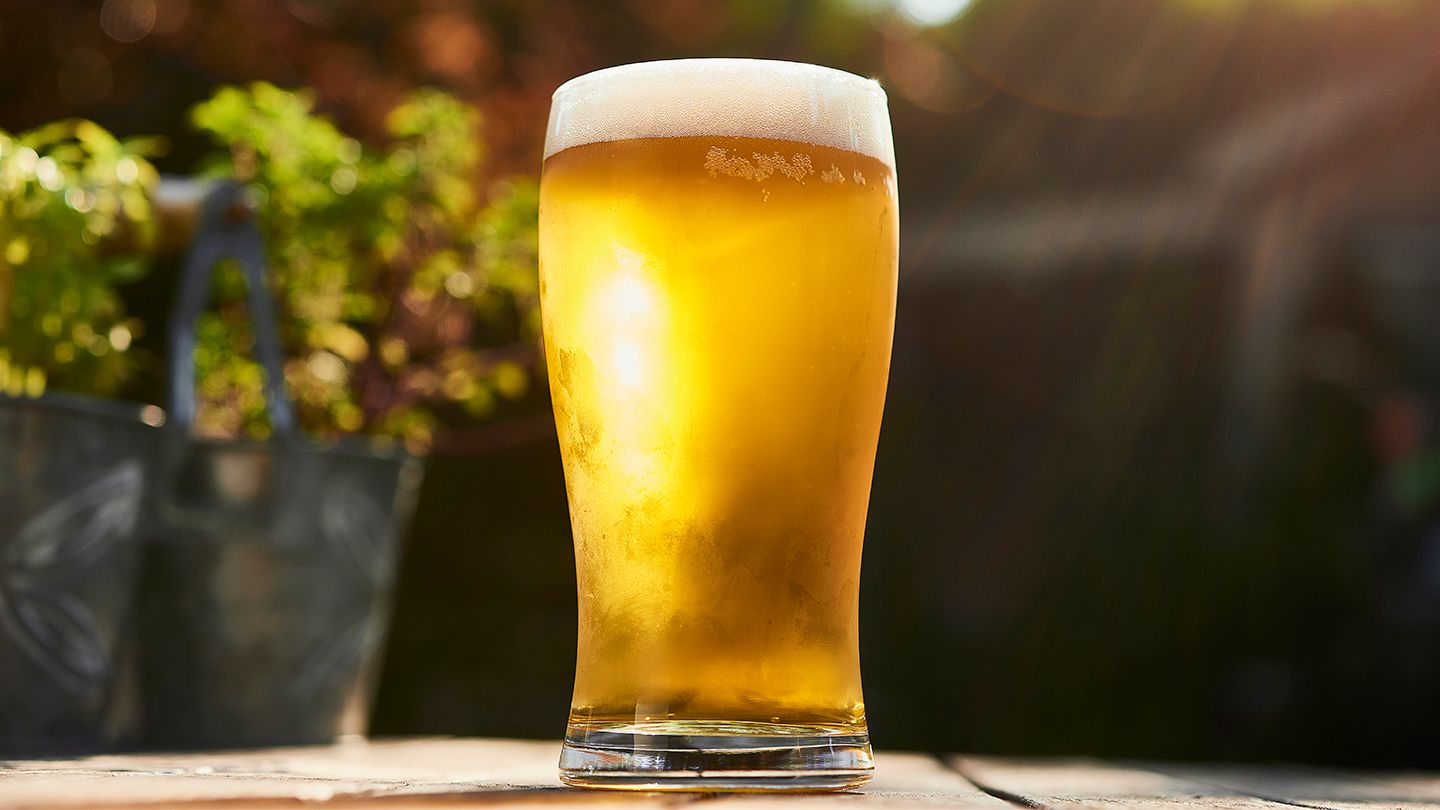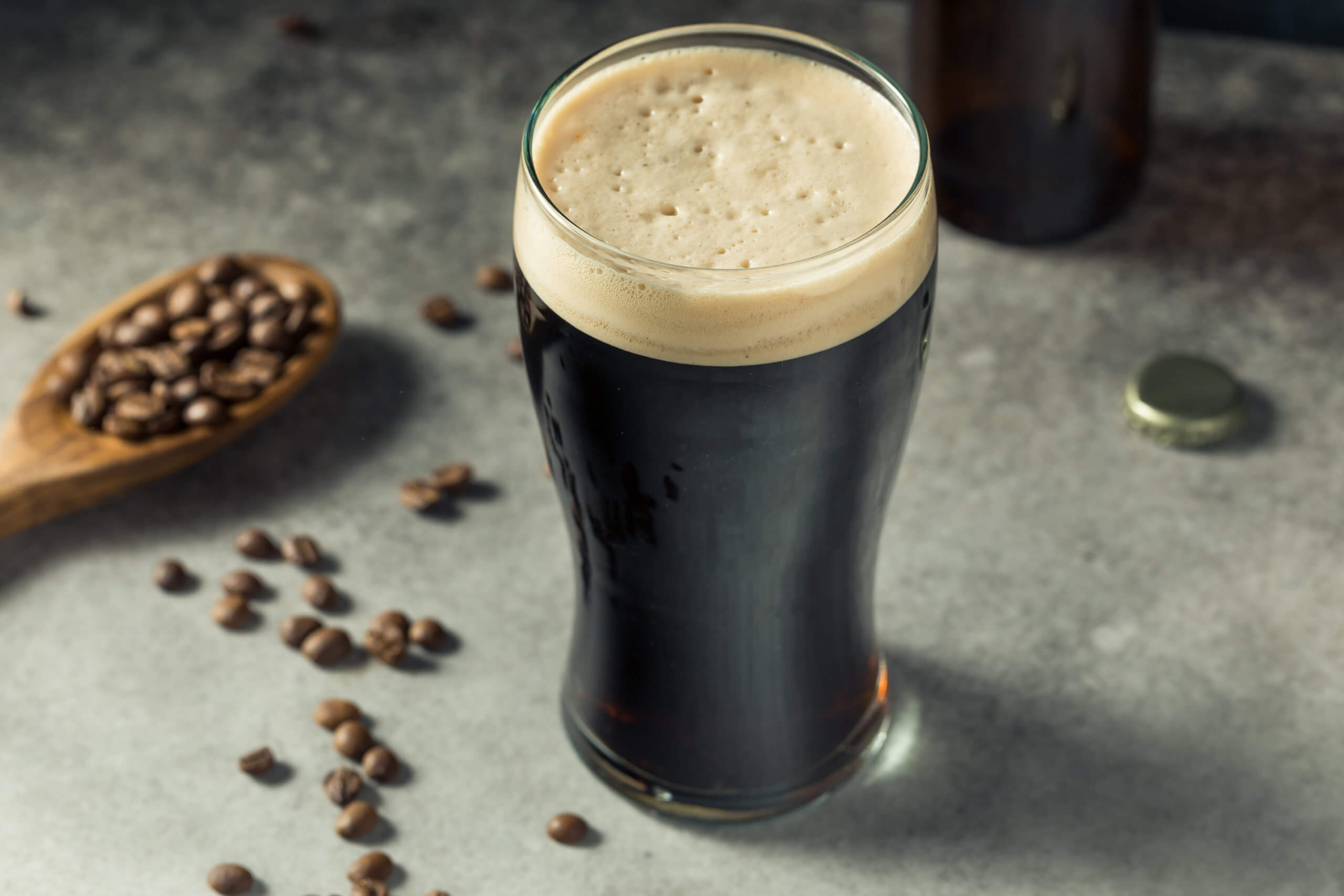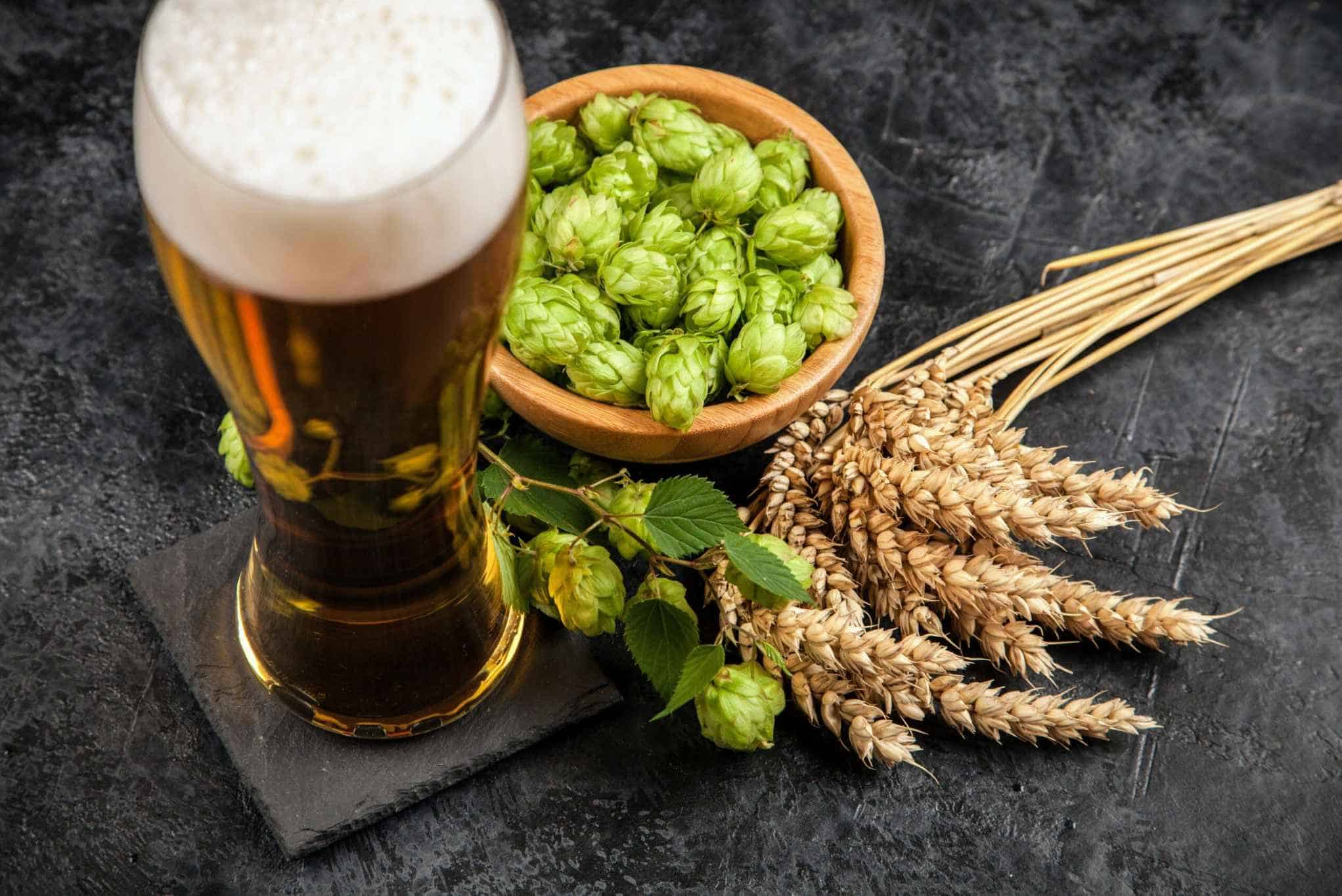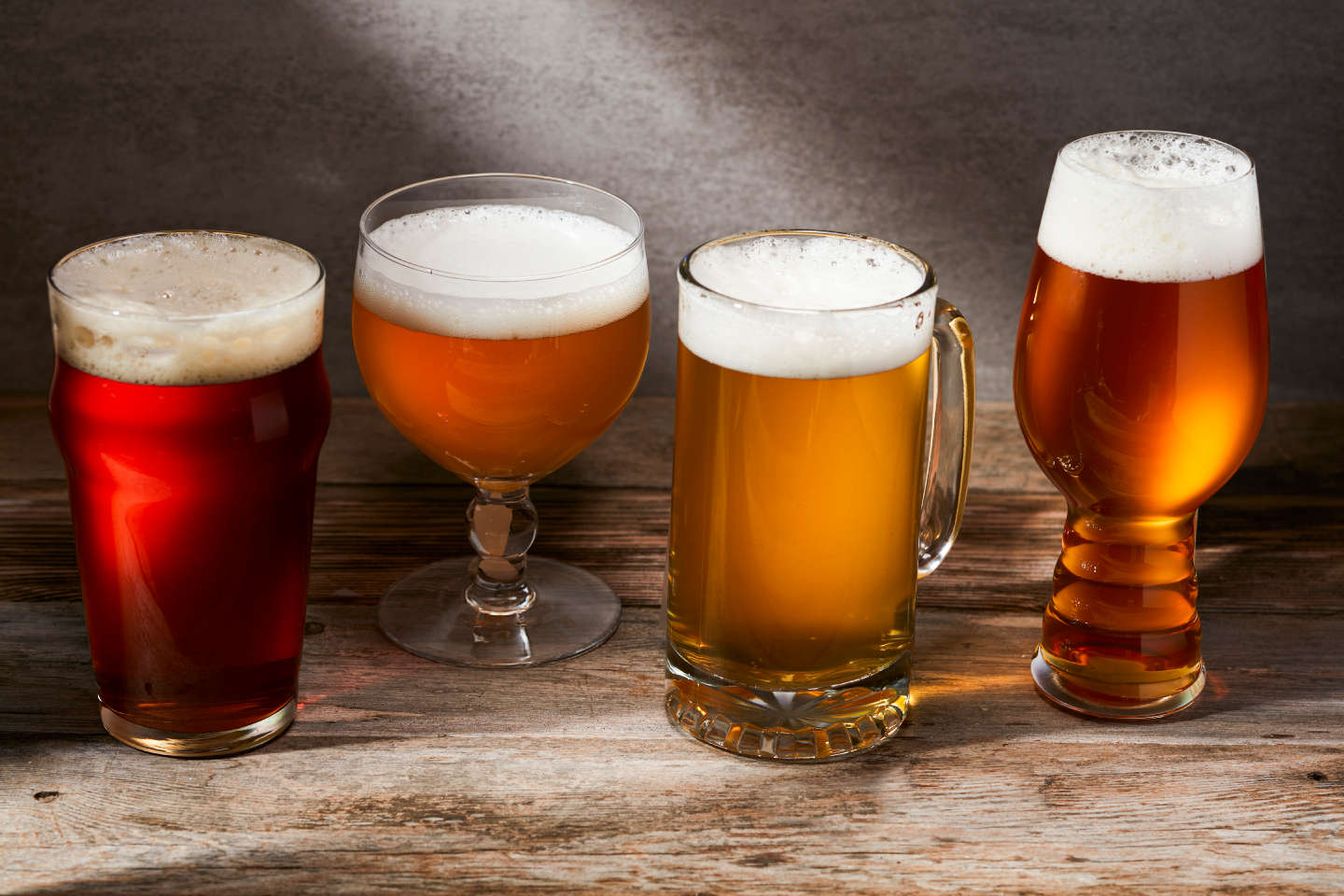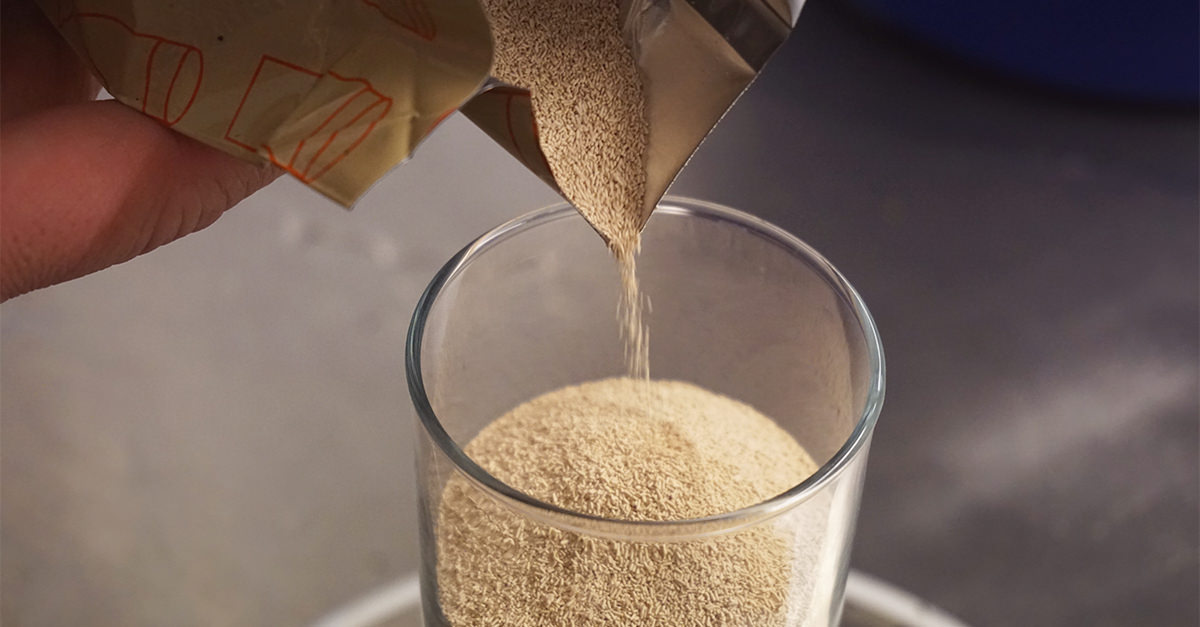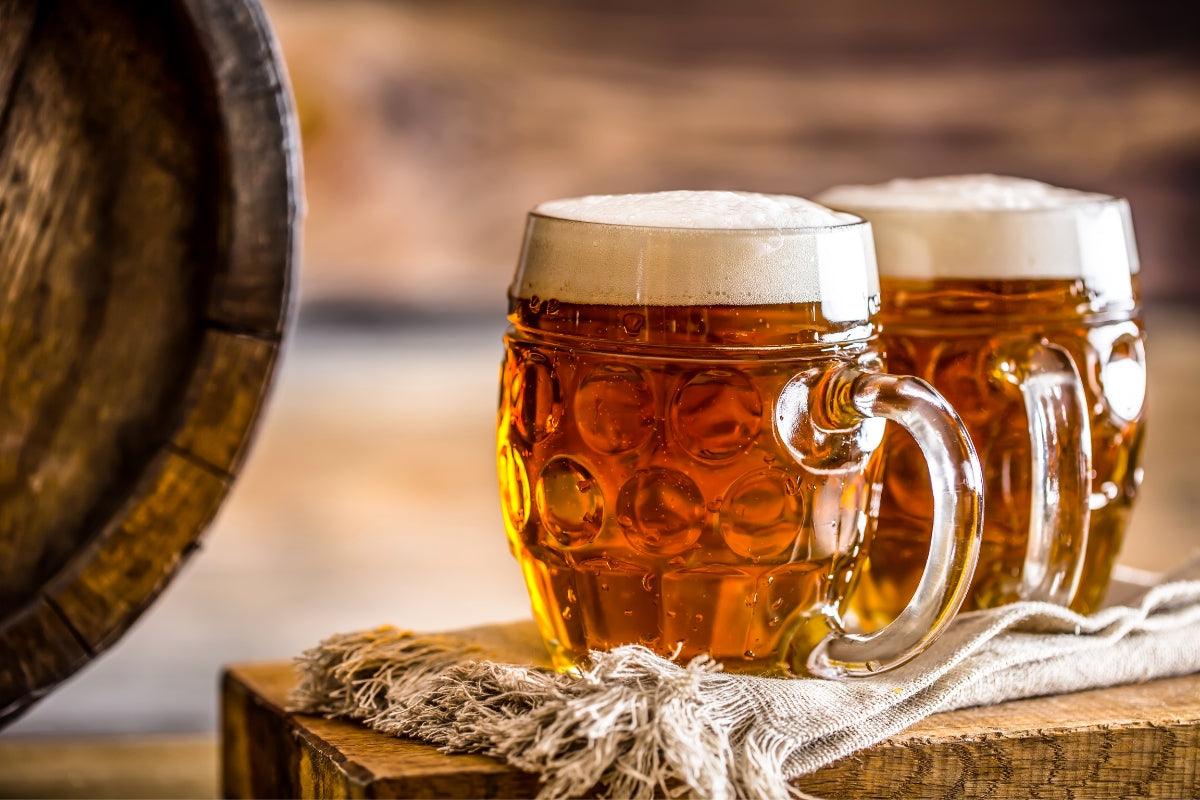How to Identify Yeast Flavors in Beer: Esters, Phenols, and Alcohols
Beer is so much more than just a refreshing beverage. It is a delight for the senses, with each sip offering a unique flavor experience. One of the key factors that contribute to the complex flavors in beer is yeast. Yeast plays a crucial role in the fermentation process, converting sugars into alcohol and carbon dioxide. But did you know that yeast also produces various compounds that give beer its distinct flavors? In this article, we will explore the different yeast flavors in beer and how to identify them.
Esters
Esters are aroma compounds produced by yeast during fermentation. They are responsible for fruity and floral flavors in beer. Each yeast strain can produce different esters, giving rise to a wide range of fruity flavors. Some common ester flavors found in beer include:
- Banana: A prominent flavor in German-style wheat beers, characterized by a sweet and ripe banana aroma.
- Apple: This flavor is often found in English-style ales and can range from green apple to ripe apple notes.
- Strawberry: Some yeast strains produce esters that give beer a subtle strawberry aroma.
To identify ester flavors in beer, pay attention to the aroma. Take a deep sniff and try to detect any fruity or floral notes. Remember, esters are volatile compounds, so be sure to enjoy the aroma before taking a sip.
Phenols
Phenols are another group of yeast-derived compounds that contribute to the flavors in beer. Unlike esters, phenols can bring both pleasant and unpleasant flavors to the brew. Some common phenolic flavors include:
- Clove: Often found in German wheat beers, clove flavors can range from mild to intense, adding a spicy and aromatic element.
- Smoke: Some yeast strains produce phenols that create a smoky or campfire-like flavor in beer.
- Spice: Phenols can also give beer a pleasant spice note, resembling black pepper or cinnamon.
To identify phenolic flavors in beer, focus on the taste. Look for any spiciness, smokiness, or medicinal qualities. These flavors can be subtle or pronounced, depending on the yeast strain and beer style.
Alcohols
Alcohols, as the name suggests, are the result of yeast converting sugars into alcohol during fermentation. While alcohol contributes to the overall flavor and mouthfeel of beer, high levels can also create a warming sensation. It’s important to note that alcoholic flavors are different from the alcoholic content of the beer. If a beer tastes excessively alcoholic, it may be a sign of poor fermentation or a high ABV (alcohol by volume).
To identify alcohol flavors in beer, pay attention to the warming sensation as you consume the beverage. Additionally, consider the overall balance of flavors in the beer. A well-made beer will have alcohol that integrates harmoniously with other flavors, whereas an imbalanced beer may have a harsh or boozy taste.
Now that you know about esters, phenols, and alcohols, you can enhance your beer tasting experience by identifying the various flavors contributed by yeast. Whether you’re enjoying a fruity Belgian ale, a spicy hefeweizen, or a malty stout, understanding yeast flavors adds a new layer of appreciation to your favorite brews.
Cheers to the yeast and the incredible flavors it brings to our beloved beer!
